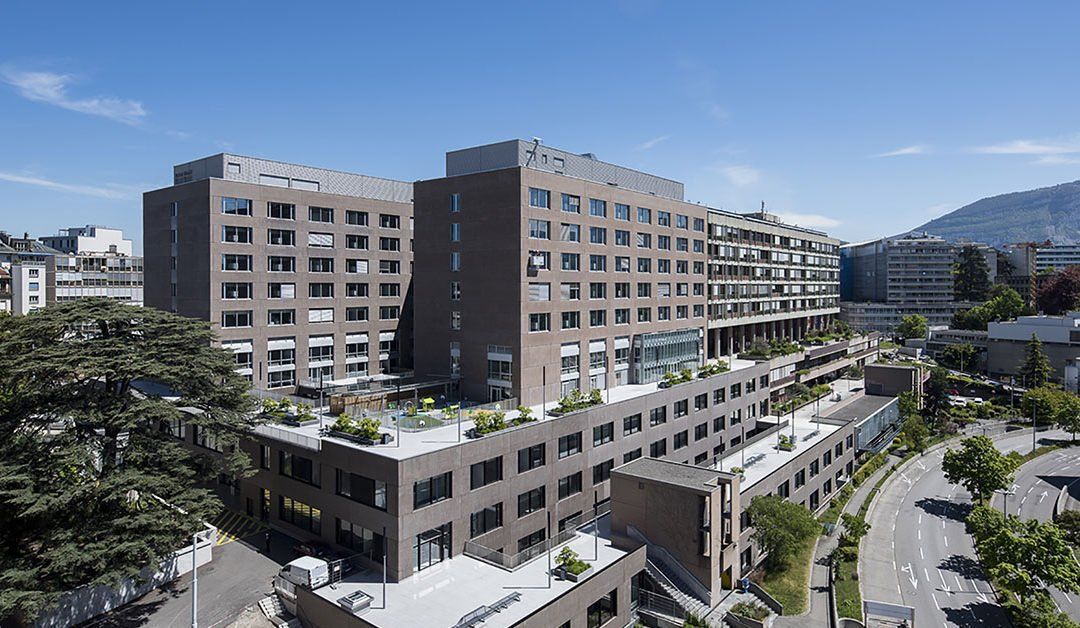Restoring circadian rhythmicity in metabolic organs: role of inter-organ circadian desynchrony in the pathogenesis of type 2 diabetes
Hjelt Grant Holder 2021, Volodymyr Petrenko
Volodymyr Petrenko,
Hjelt Grant Holder 2021,
University of Geneva.
The circadian clock system (from Latin “circa diem”, about a day) allows most of the organisms on Earth to anticipate periodical changes of geophysical time. Nearly all the cells in our body comprise molecular clocks that regulate and adjust metabolic functions to a 24-hour cycle of day-night changes. Increasing evidence indicates that misalignment between external stimuli and internal clocks stemming from irregular working schedules, frequent time zone changes, or ageing, have a significant impact on the development of metabolic diseases in human beings, including type 2 diabetes (T2D). Importantly, the organism needs a functional coupling between clocks that are located in different organs in order to function as a whole. Hence, inter-organ circadian desynchrony may also perturb glucose homeostasis. Transplantation of metabolic organs carrying functional clocks to the host with dysfunctional oscillators (associated with aging and/or metabolic disease) represents a model of such inter-organ circadian misalignment due to circadian autonomy of the graft. We hypothesize that circadian autonomy of metabolic organs from rest of the body clocks may lead to circadian misalignment between metabolic tissues, contributing to the pathogenesis of T2D, including post-transplant diabetes mellitus (PTDM).
In this project we aim at evaluating the effect of restoring functionality of molecular clocks in organ-specific manner in otherwise arrhythmic mice on glucose metabolism. By restoring oscillators in liver, kidney, or in insulin-producing cells of pancreatic islets we shall identify the impact of circadian autonomy in each of these tissues on whole-body glucose homeostasis. Given that transplantation is currently an important option to treat many types of metabolic organs failure, the molecular clock autonomy of the transplanted graft should be considered in these transplantations. Establishing the role of graft’s clock on glucose metabolism of the host will provide a novel clinically important information on the pathogenesis of PTDM. Additionally, we aim to unravel interplay between the proinflammatory cytokines and clocks operative in human endocrine pancreas to better understand the pathogenesis of T2D upon systemic (including transplant-associated) or pancreatic islet-derived inflammation. The data generated in this study, funded by Hjelt Foundation, will contribute to further understanding the molecular link between peripheral clocks and glucose metabolism in the context of T2D development, and will prove to be of utmost scientific and clinical relevance.

